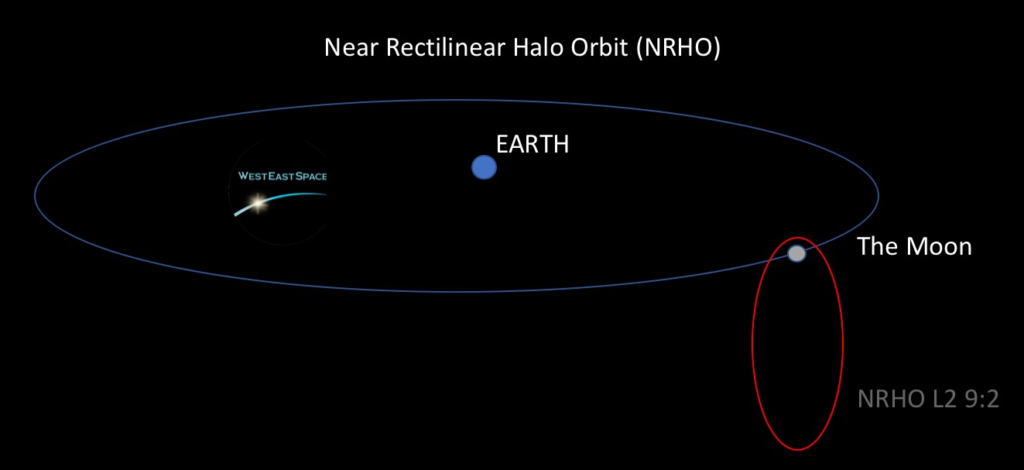By Bill D’Zio, Originally posted on www.westeastspace.com March 28, 2020
NASA may have sidelined the Lunar Gateway for a return mission to the Moon, but it is not stopping the momentum. NASA has awarded several contracts for the Lunar Gateway including the most recent one to SpaceX. This demonstrates the growing capabilities of New Space companies to capture contracts and complete missions.
“This contract award is another critical piece of our plan to return to the Moon sustainably. The Gateway is the cornerstone of the long-term Artemis architecture and this deep space commercial cargo capability integrates yet another American industry partner into our plans for human exploration at the Moon in preparation for a future mission to Mars.”
NASA Administrator Jim Bridenstine in a press release statement about the award to SpaceX.
NASA Awarded SpaceX the first Artemis Gateway Logistics Services (GLS) contract. The award for resupply services to the Gateway will require delivery of goods to a Near Rectilinear Halo Orbit (NRHO). Not sure what a NRHO orbit is? A NRHO is a highly elliptical orbit that takes about 7 days for each orbit. Want some more details, just click here: Near Rectilinear Halo Orbit (NRHO). There are a few options for NRHO orbits, but NASA is leaning towards the L2 9:2 lunar synodic resonant southerly Near-Rectilinear Halo Orbit (NRHO) which would be the likely location of the lunar Gateway. A simplification of the orbit is shown below.

Cargo and payloads would be delivered to to the Gateway in NRHO above the moon. Deliveries would be made with the he Logistics Module (LM). The acronym LM may be slightly confusing for some people familiar with the Apollo Missions done fifty years earlier. The LM for the Apollo Missions was the “Lunar Module”. (Note LM “Lunar Module” was shortened from LEM “Lunar Excursion Module”)
Delivery criteria
Based on the 2019 NASA draft RFP document (GLS-RQMT-001) the Logistics Module (LM) will deliver a minimum 3400 kg (7496 lb) pressurized payload and cargo each mission to the Gateway under the NASA GLS contract. In addition to the the pressurized cargo, the LM will also deliver a minimum 1000 kg (2205 lb) unpressurized cargo and payloads per mission to the Gateway.
The proposed Canadian robotic arm (Canadarm3) would assist with unloading unpressurized cargo. The actual delivery of Robotic Arm was originally excluded as a potential baseline mission for cargo delivery as the mass of the the ISS Canadarm2 was 1,497Kg and 17 m long. The CSA concept for the Canadarm3 will be less than 900Kg and only 9 m because of the smaller size of the Lunar Gateway so it might also be considered for one of the first cargo delivery mission…
Read more here at www.westeastspace.com









Comments are closed.